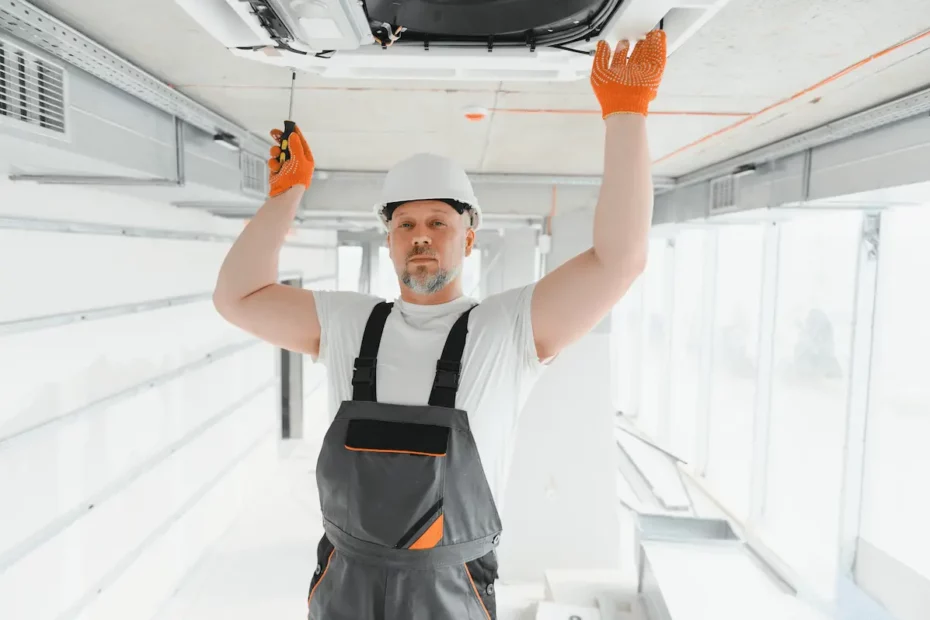Ceiling heating film is an innovative and effective heating solution. This detailed guide will help you understand how it works, its advantages and disadvantages, and make an informed decision for your home.
To find out more about integrating this technology into your home, visit our article on Heated Ceilings: Comfort and Aesthetics.
How Ceiling Heating Film works
Ceiling heating film works on the principle of radiation, similar to underfloor heating. There are two main types: electric radiant ceilings (PRM and PRP) and hydraulic radiant ceilings.
- Electric Radiant Ceiling: Composed of heating modules or a film integrated into an insulating panel, fixed to a metal frame and covered with plaster.
- Hydraulic Heating Ceiling: Uses a network of hydraulic tubes, ideally supplied by a boiler or heat pump, for optimum temperature control.
Benefits of Ceiling Heating Film
Ceiling heating film offers several significant advantages for the comfort and energy efficiency of your home.
| Advantage | Description |
|---|---|
| Thermal Comfort | Diffuses gentle, even heat throughout the room. |
| Reactivity and energy savings | Heats the room quickly, saving energy. |
| Aesthetics and space savings | No visible radiators, offering more space and a sleeker design. |
| Freedom of Flooring | Allows you to choose any floor covering without constraints. |
| Minimal maintenance | Virtually maintenance-free, suitable for new-build and renovation projects. |
Disadvantages to consider
While there are many advantages, there are also some disadvantages to consider.
- A minimum ceiling height of 2.40 metres is required to avoid overheating.
- Higher installation cost than underfloor heating, between €70 and €110 per m².

